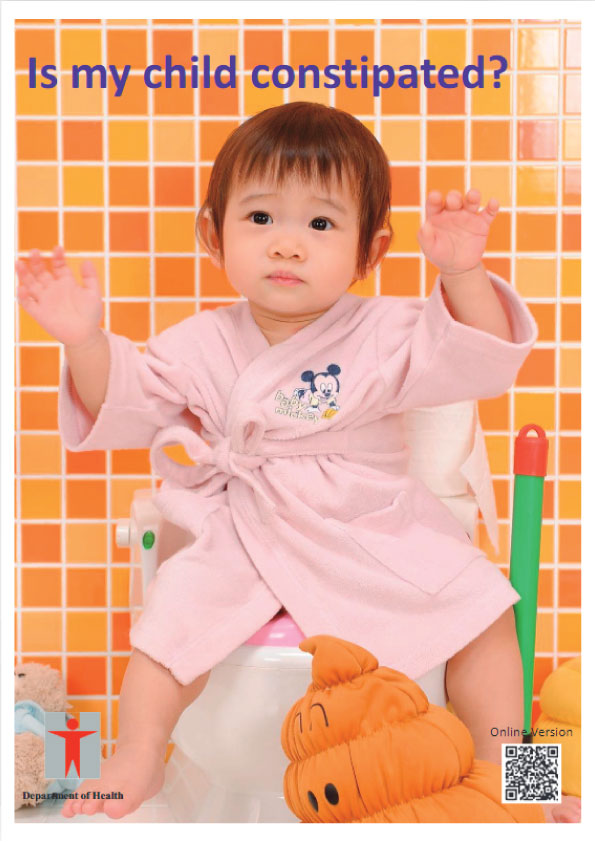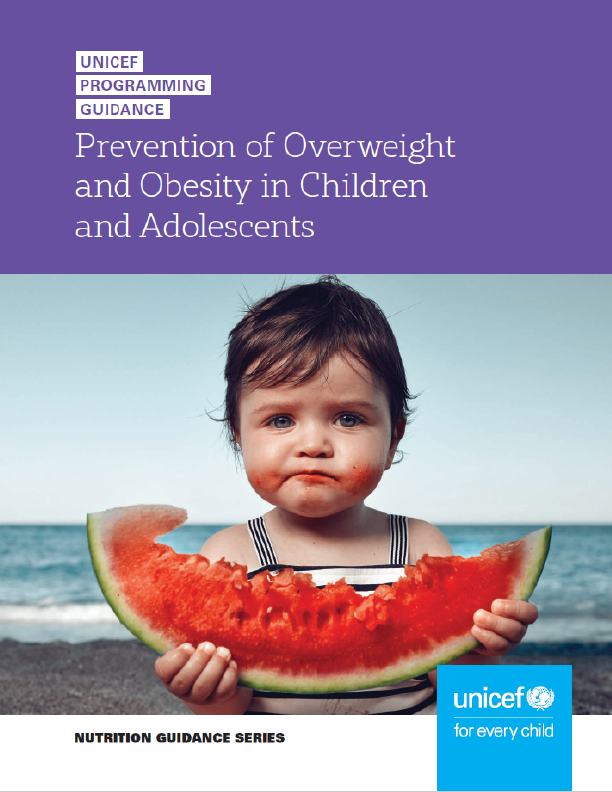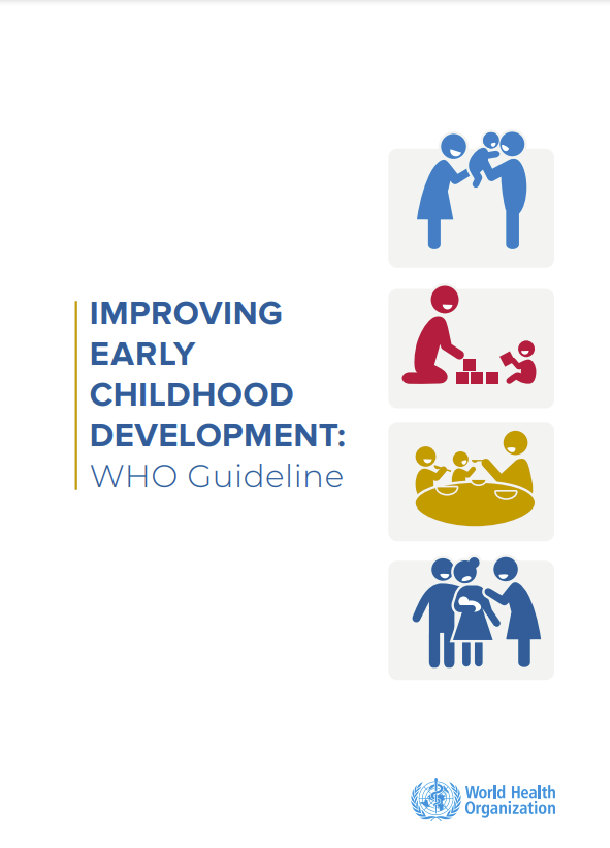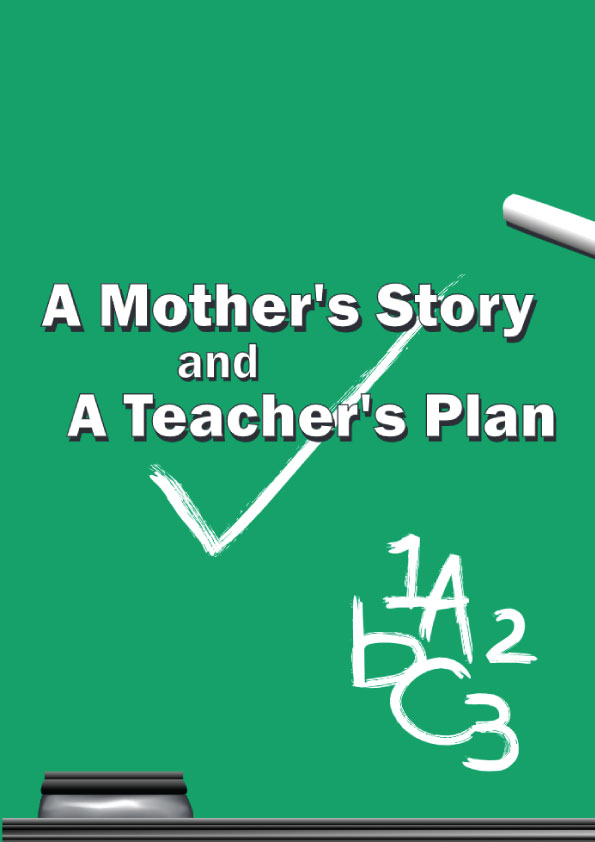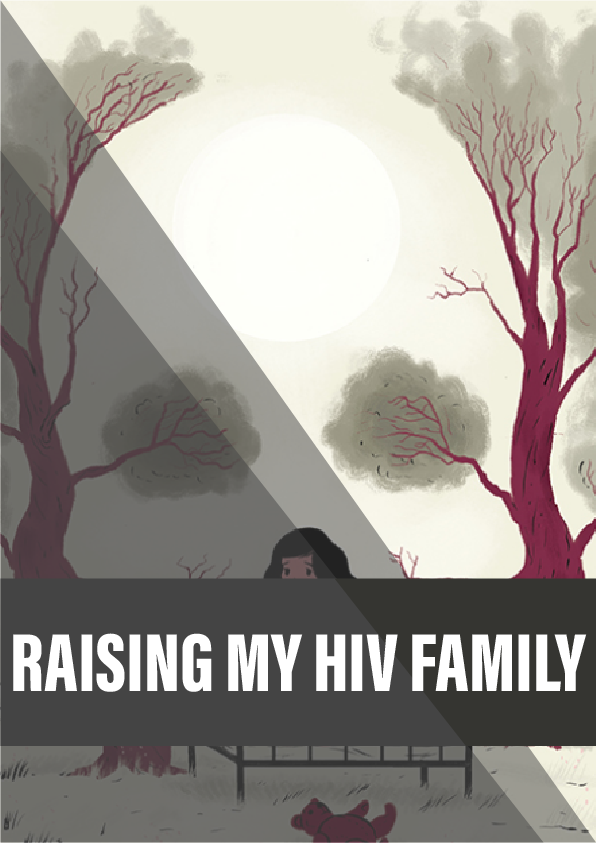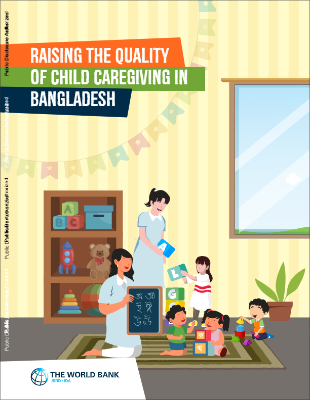Is my child constipated?
Constipation is common in babies and young children. However, it is less common for babies younger than 6 months to have constipation, particularly those who are on breastmilk as it contains sufficient water and is easy to digest and absorb. When babies change to feed on formula milk, or when they start taking solid food at about 6 months old, their stools might become hardened, with less frequent bowels. You may worry that your baby is constipated. What normal bowel habit is varies among children. It ranges from several times a day in newborn babies to once every 2 to 3 days in children. So, frequency of bowel motion is not the sole symptom to determine if the child constipates or not. As long as the stools are soft, it is regarded as normal.
What is constipation?
When the child does not pass stools for some reasons, stools will accumulate in her bowel. With time, the stools harden and become dry, leading to constipation. Children with constipation may have the following signs:
- Irregular or unusually delayed bowel motion
- Dry and hardened big pieces of faeces or small pellets
- Straining or pain in passing stools, withholding passing stools
- Foul smelling wind and stools, excessive wind breaking
- Runny stools between bowel
- Occasional tummy ache or distended(firm) tummy
- Torn anal tissue due to passage of hardened stools
- Stool with blood
- Poor appetite
- Lack of energy, irritable
Possible causes of constipation in babies and young children:
Constipation occurs more likely in the following transitional periods in infancy/childhood:
- Introducing solid food
- Change in eating habit
- Imbalanced diet, lack of dietary fibre or fluid intake
- Toilet training
- Withholding bowel motion due to fear of potty
- Poorly established bowel habit
- Incorrect sitting position on toilet
- Starting preschool
- Unfamiliar toilet environment
- Change in daily routines
- Other possible causes:
- Fever, dehydration, immobility
- Tear near anus
- Lack of exercise
- Allergic to cow’s milk
- Effect of some medications
- Related to other diseases
Management of childhood constipation:
For young infants:
- It is normal for transitional constipation to appear in babies if there is change in the composition of milk intake, such as change from breastmilk to formula milk or from one formula to another. It is important to note that different formulae should not be mixed in one preparation. Always follow the manufacturer’s instruction to prepare the formula in order to ensure sufficient nutrient and water intake for your baby. If needed, you may give small amount of water for your baby in between meals.
- When your baby turns about 6 months old and starts taking solid food, give sufficient water and choose foods high in dietary fibre such as fruit puree (e.g. apple or pear) and chopped vegetables (e.g. broccoli, spinach) to prevent and reduce constipation.
For children one year old and above, you may try:
-
Preparing a healthier diet
- Offering adequate fluid intake
- Clear water is the best choice in between meals
- There is no fixed standard for amount of fluid drink by children. Usually offering at least one drink with each meal and each snack
- If your child passes urine every 3-4 hours, the urine is light in colour and has no strong smell, he is taking adequate amount of water
- Create chances to allow children getting used to drinking water. For instance, offer him water in hot weather or after physical activities; put small cups of water in places within his reach
- During mealtime, offer only water or lightly salted soup as drinks so the child’s appetite will not be upset
- Avoid sugary drinks such as yogurt and soft drinks as they will affect regular bowel movement and lead to overweight. If you offer fresh juice to him, do not exceed 120 ml per day; Offer him whole fruit is better.
- Avoid excessive milk consumption. It will displace the child’s appetite to consume and absorb other nutrients in solid food such as dietary fibre. For children aged 1 year and above, drink no more than 360-480 ml milk each day. From 2 years old onwards, children are recommended to change from full fat to low fat milk and can drink skim milk from 5 years onwards. Children can continue to have breastmilk on demand up to 2 years old and beyond
- Providing vegetables and fruits during lunch and dinner
- Fruits and vegetables are rich in dietary fibre, e.g. carrot, pumpkin, choy sum, orange, apple and plum
- Water intake can be supplemented by some watery fruits and vegetables e.g. winter melon, water melon and pear
- Providing cereals or starch- based foods with each meal
- Both categories of foods are rich in dietary fibre
- Cereals, preferably whole meal or brown, include bread, rice, pasta, noodles and oats; starchy foods e.g. sweet potatoes and potatoes
- Avoiding foods high in sugar and fat
- Examples: soft drinks, candies, cakes, instant noodles, fried foods and desserts
- These foods contain negligible dietary fibre. They fill up children’s tummy and thus reduce intake of other nutrients
- Taking 3 regular meals and 2 planned snacks only in between meals
- Keep a balanced diet and a regular routine. Do not offer extra food outside the schedule
- Offering adequate fluid intake
-
Encouraging more physical activities
Encourage your child to stay active. From moving around to more energetic ball games or running, physical activities help to keep the digestive system active and stimulate bowel movement.
-
Behavioural management
Behavioural management may be used to encourage good eating habit and activity level in your child. It is usually used together with the strategies above and with medical prescription, if needed.
- Design clear steps to help your child establish regular habits like daily water intake, more active lifestyle and toileting schedule (Refer to the Parenting series leaflet ‘Say Goodbye to Diapers‘)
- Use direct and positive description of what your child does well to encourage her
- You may use a behavioural chart at the same time to encourage regular bowel habit for children 2 years old and above. Start with an easy target (e.g. a sticker for passing stool every time). Gradually increase the difficulty. A reward, preferably in terms of the child’s favourite activities instead of food, can be earned when a certain number of stickers is obtained (Refer to Parenting series leaflet ‘Managing the Behaviour of Your Preschooler‘)
- If the child has constipation due to environmental factor, you may need to find out the causes and make adjustment in the environment. For instance, you may need to communicate with the teacher to understand the setting of the preschool toilet and the toileting schedule. Or you may encourage your child to pass stool at a more convenient time
- During behavioural management, you need to be patient, make close observation and keep record. Talk with your child to understand her feelings and let her understand the steps thoroughly so that she can enjoy the process of bowel motions
-
Medical prescription
- Obvious constipation requires medication to aid in passing hardened stools. It will be more effective when used along with the strategies mentioned above.
Consulting your doctor:
- Children’s constipation problem can usually be improved with a change in the diet. If the problem persists, the stools get runny or there is blood in the stool, take the child to the doctor immediately
- Never buy laxatives or suppositories over the counter for children’s use. Medications for treating children’s constipation should only be prescribed by your paediatricians or family physicians
